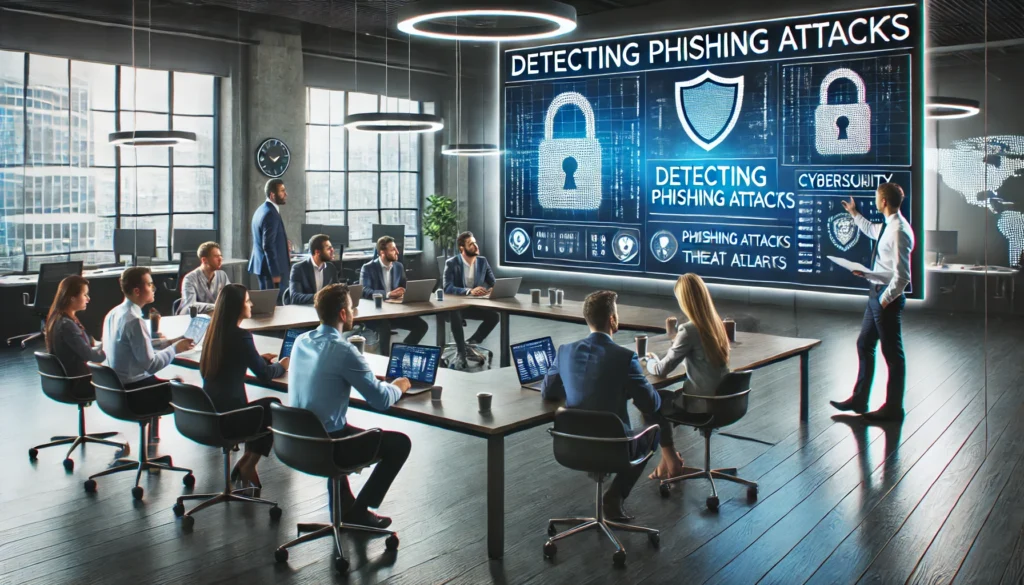Cybersecurity is not just about firewalls and antivirus software—your employees are the first line of defense against cyber threats. Creating a human firewall through cybersecurity training ensures that your team can recognize, prevent, and respond to potential attacks. Here are the best practices for improving employee awareness and engagement in cybersecurity.
Why Cybersecurity Training is Essential
Cyber threats such as phishing attacks, ransomware, and social engineering continue to rise. Training employees helps:
- Reduce risk exposure by identifying potential threats early.
- Prevent data breaches caused by human error.
- Ensure compliance with industry regulations (e.g., GDPR, HIPAA, CCPA).
- Create a security-first culture within the organization.
Explore Cybersecurity Solutions to strengthen your defenses.

Best Practices for Cybersecurity Training
1. Implement Regular Security Awareness Training
- Conduct ongoing training sessions rather than one-time programs.
- Use real-world attack simulations to reinforce learning.
- Provide interactive modules to make training engaging.
2. Teach Employees to Identify Phishing & Social Engineering Attacks
- Train staff to spot phishing emails, suspicious links, and fake login pages.
- Encourage employees to verify requests before sharing sensitive information.
- Use phishing simulation tools to test and improve awareness.
3. Enforce Strong Password & Multi-Factor Authentication (MFA) Policies
- Require unique, complex passwords for all accounts.
- Use password managers to store credentials securely.
- Implement MFA to add an extra layer of security.
4. Promote Secure Remote Work Practices
- Educate employees on VPN usage and encrypted communication tools.
- Enforce policies for secure file sharing and remote access.
- Train staff on device security and avoiding public Wi-Fi risks.
Check out IT Security Solutions to protect remote teams.
5. Establish Incident Response & Reporting Protocols
- Clearly define reporting procedures for security threats.
- Conduct cybersecurity drills to practice real-world scenarios.
- Empower employees to act quickly if they suspect an attack.
6. Create a Cybersecurity Culture from Leadership Down
- Leadership should demonstrate commitment to security practices.
- Recognize and reward employees who follow security best practices.
- Make cybersecurity part of the onboarding process for new hires.

Measuring the Effectiveness of Cybersecurity Training
To ensure training is effective:
- Conduct regular assessments and knowledge checks.
- Track phishing simulation success rates.
- Gather employee feedback to improve training materials.
Final Thoughts
Your employees are the strongest defense against cyber threats when equipped with the right knowledge. By implementing ongoing, interactive training, businesses can build a security-aware culture and reduce risk exposure.
Enhance your cybersecurity strategy with CatchMark Technologies, your partner in cyber resilience and IT security solutions.

